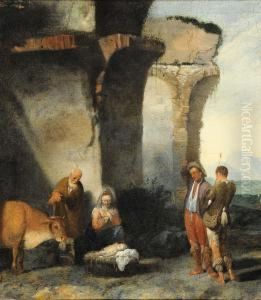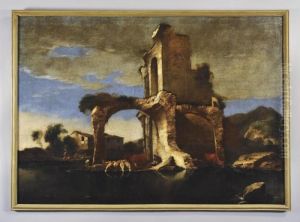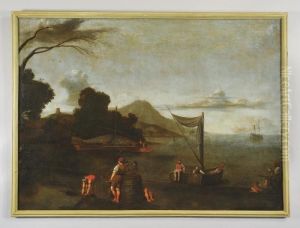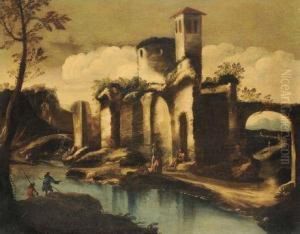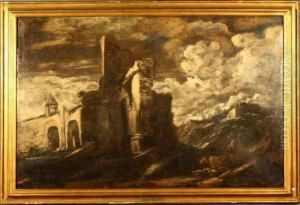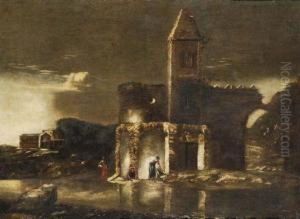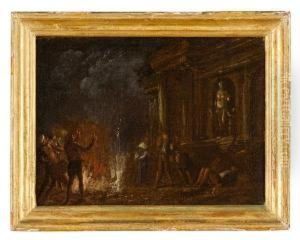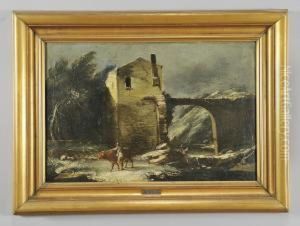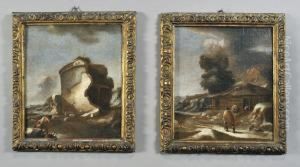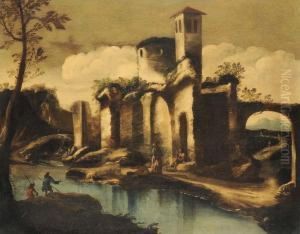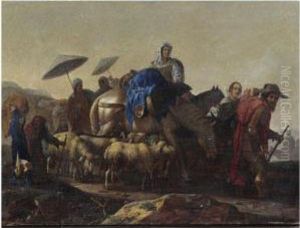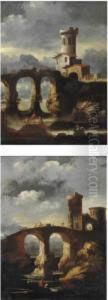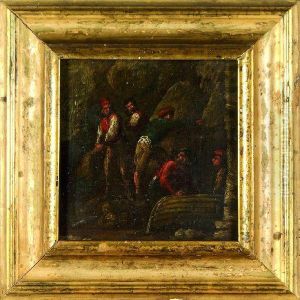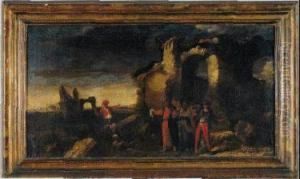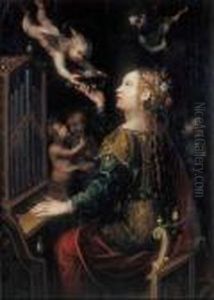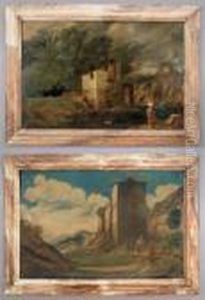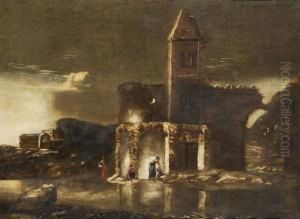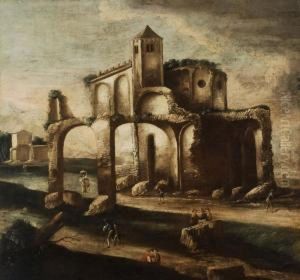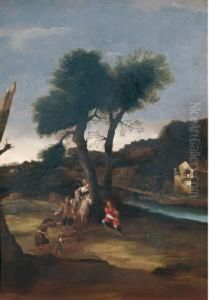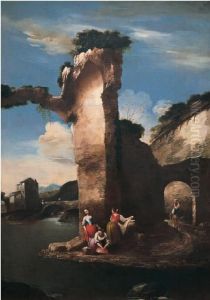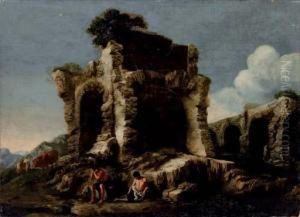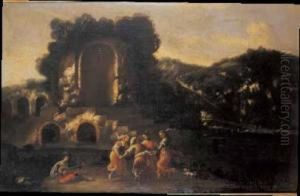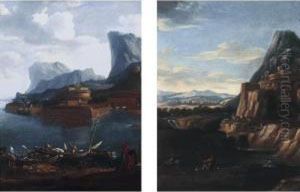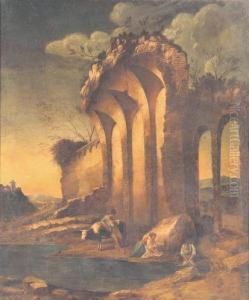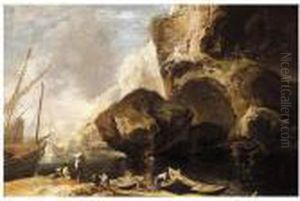Antonio Travi Il Sordo Di Sestri Paintings
Antonio Travi, known as Il Sordo di Sestri, was an Italian painter born in 1608 in Sestri Levante, a picturesque town on the Ligurian coast. His nickname 'Il Sordo' (The Deaf) distinguishes him from other artists with similar names and perhaps reflects a personal characteristic, though records on this aspect of his life are scarce. Travi's artistic journey was deeply intertwined with the baroque movement, which flourished in Italy during his lifetime. This period was marked by dramatic expression, rich colors, and a dynamic use of light and shadow, elements that Travi skillfully incorporated into his works.
He was primarily active in Genoa and its surrounding regions, a hub for baroque art during the 17th century. Genoa at the time was a wealthy maritime republic, whose affluent class had a voracious appetite for art, commissioning works that displayed their status, piety, and taste. Travi, with his talent for capturing the essence of the baroque, found patronage among this elite, contributing significantly to the artistic landscape of the area.
Travi's oeuvre includes religious subjects, which were popular among his patrons, as well as landscapes and portraits. His religious paintings, often characterized by their emotional intensity and dramatic chiaroscuro, were sought after for churches and private chapels. Meanwhile, his landscapes and portraits showcased his versatility and keen observation, with a particular talent for depicting the intricate play of light on surfaces.
Despite his contributions to the Genoese baroque scene, Antonio Travi remains a lesser-known figure outside Italy, overshadowed perhaps by more famous contemporaries. His works, however, continue to be appreciated for their technical skill and emotional depth. They can be found in various churches in Genoa and its environs, as well as in private and public collections. Travi's legacy is that of a skilled painter who captured the spirit of his time, contributing to the rich tapestry of baroque art in Italy.
Travi died in 1669, leaving behind a body of work that reflects the vibrancy and complexity of baroque art. His paintings, with their dynamic compositions and vivid storytelling, remain a testament to a talented artist who contributed significantly to the cultural heritage of Genoa and the broader Italian art scene of the 17th century.
